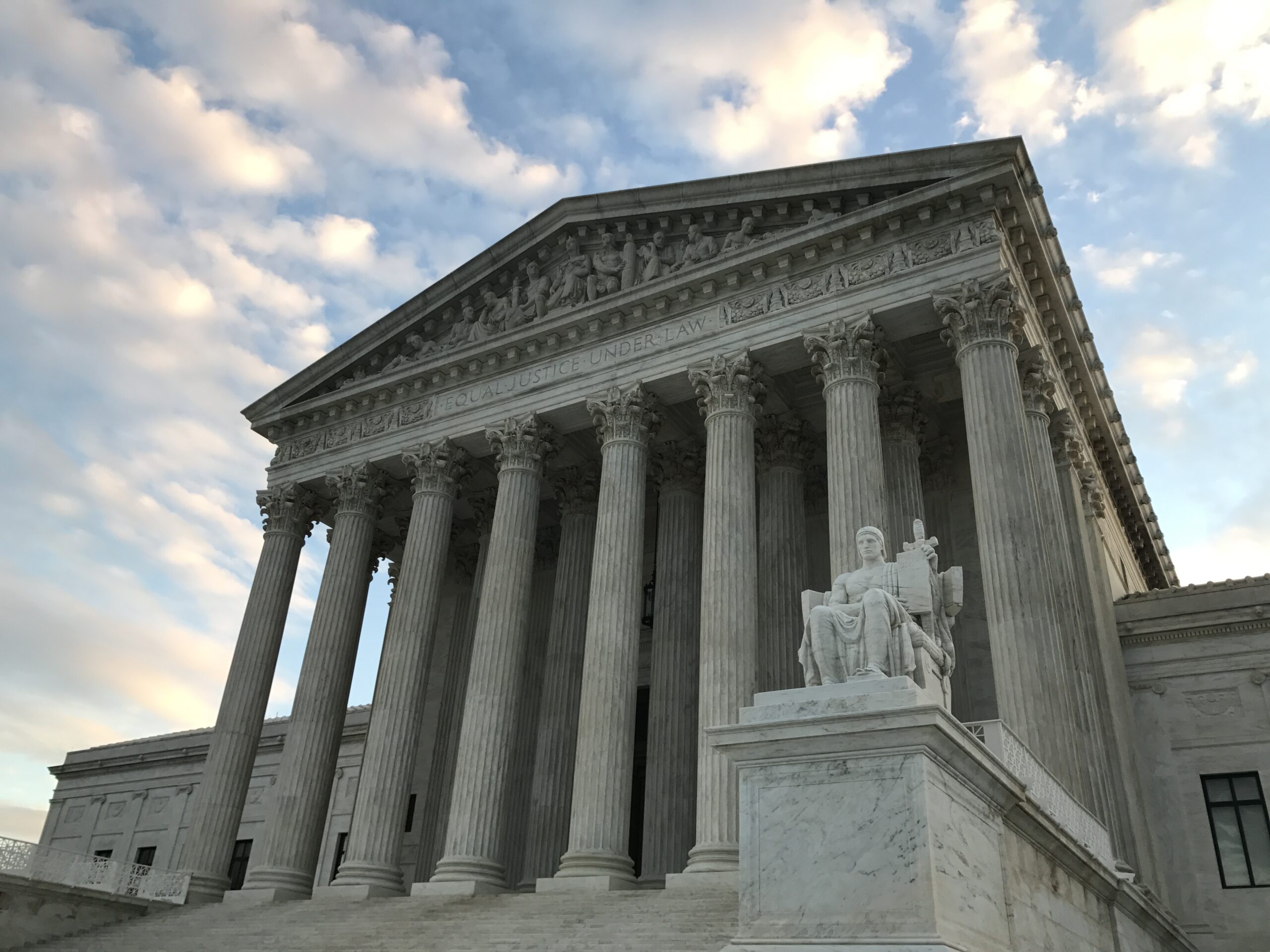A blockbuster term at the US Supreme Court — and the work still to do

If you like this post, sign up to get The Nuance newsletter delivered straight to your inbox every Sunday night!
It’s starting to sound like we say this every year: Rarely does the U.S. Supreme Court’s term produce as many transformative decisions as this one did, from presidential immunity to the viability of the modern administrative state.
The Court’s First Amendment caseload, by comparison, was something of a dog that didn’t bark. Longstanding precedents survived; the internet still works. But make no mistake — the Court’s opinion on the constitutionality of social media regulation in Moody v. NetChoice was a blockbuster, the justices’ most consequential word on free speech and a free press in some time now. And while the Court has hardly cleared the field of First Amendment controversies (as the term’s smaller decisions helped illustrate), this year’s opinions offer meaningful grounds for optimism on those issues.
Start with NetChoice. As we argued in brief after brief, this was never really a case about new technologies. Instead, Texas and Florida hoped to leverage anxieties about Silicon Valley to tear down the principle at the core of the Constitution’s protections for a free press: that the government never has a legitimate interest in enforcing its own vision of editorial fairness. If that gambit had succeeded, the consequences would have stretched well beyond the technology industry, as we underlined in a friend-of-the-court brief for a coalition that spoke for the news media, book publishers, Hollywood, and the video game industry. But Justice Elena Kagan’s majority opinion saw things our way, underlining that “the basic principles of the First Amendment do not vary” from medium to medium or industry to industry — including the firmly held rule that “a State may not interfere with private actors’ speech to advance its own vision of ideological balance.”
In the months ahead, courts will have work to do cashing out what that principle means for less candid efforts to tilt the marketplace of ideas. The Supreme Court said little, for instance, about disclosure mandates that target the way speakers choose which third-party content to share. But as we’ve warned, those laws can easily become a run-around for NetChoice’s core holding — just as letting public officials investigate whether a news organization’s stated editorial standards are “accurate” would provide an obvious cudgel to influence what ends up in the paper. The NetChoice decision’s practical impact on the ground will depend, in important part, on whether courts alert to those subtler efforts to chill or influence editorial judgments.
To similar effect, this year’s other First Amendment cases largely reaffirmed key safeguards and turned back efforts to undermine or remake them. The justices faulted the U.S. Court of Appeals for the Fifth Circuit for throwing new roadblocks in the path of speakers and journalists aiming to prove that they suffered retaliation for exercising their rights. The Court reiterated that the government can’t use informal coercion to suppress speech it can’t regulate directly — but declined to expand that rule into an effective ban on government speech to the private sector, one that would have chilled the free flow of information from officials to reporters. On the whole, principles that protect a free press made it out of the term unscathed or fortified.
That isn’t to say the Court speaks with one voice on these questions, or that no room is left for anxiety. The justices still differ on consequential issues of interpretive method, as the latest collision between trademark law and the First Amendment illustrated. They differ on their skepticism (or not) of law enforcement officers’ power to restrict speech. They differ on their enthusiasm (or not) for free expression online. And they divided, of course, in NetChoice itself, where a minority was perilously ready to revise core assumptions of the First Amendment.
As encouraged as we are by this term’s bottom line, then, we don’t plan to rest on our laurels. We’ll continue to work — in the Supreme Court and beyond — to defend the constitutional guarantees on which the news media depends. And there’s plenty of work left to do.
The Technology and Press Freedom Project at the Reporters Committee for Freedom of the Press uses integrated advocacy — combining the law, policy analysis, and public education — to defend and promote press rights on issues at the intersection of technology and press freedom, such as reporter-source confidentiality protections, electronic surveillance law and policy, and content regulation online and in other media. TPFP is directed by Reporters Committee attorney Gabe Rottman. He works with RCFP Staff Attorney Grayson Clary and Technology and Press Freedom Project Fellow Emily Hockett.